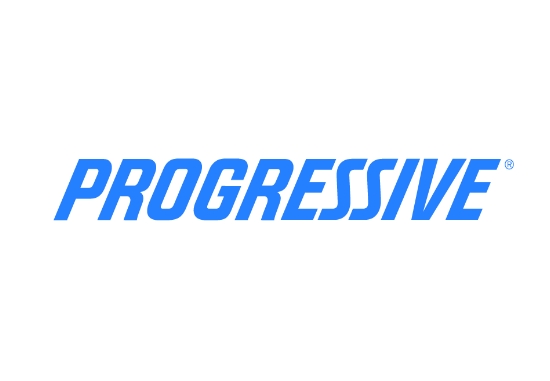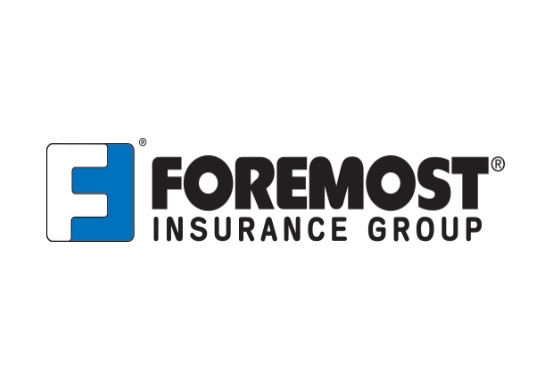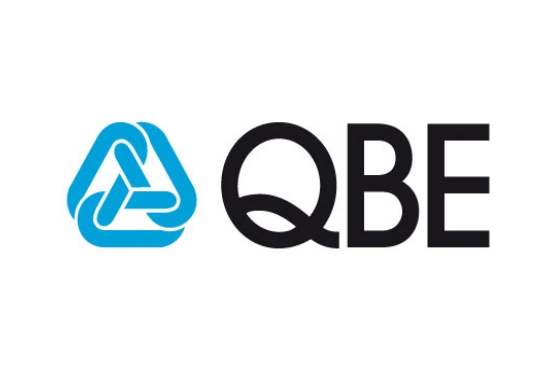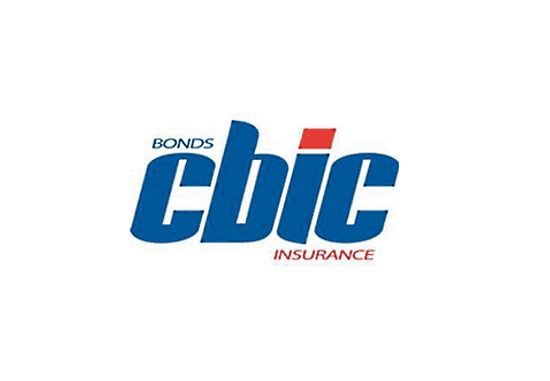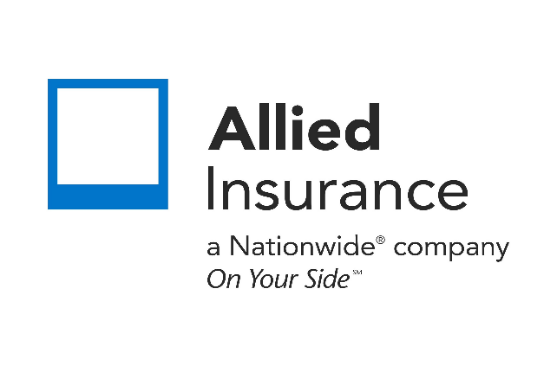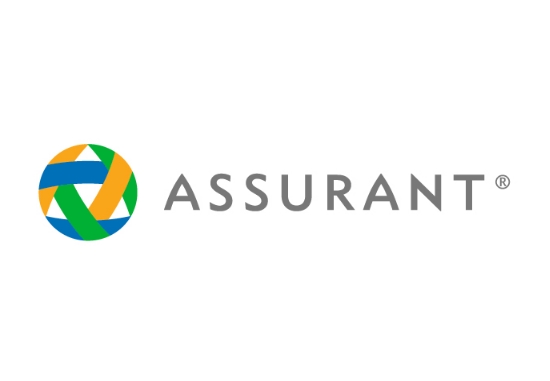How to get medicare part a?
Medicare Part A provides hospital insurance coverage which includes inpatient hospital stays, skilled nursing facility care (under certain conditions), hospice and some home health care. Understanding when and how to enroll is critical to avoid gaps or penalties.
🟩 Quick Definition
Medicare Part A is the hospital insurance portion of Medicare, covering inpatient hospital care and related services, typically with no monthly premium if you or your spouse worked and paid Medicare taxes.
Who is Eligible for Medicare Part A
Most people become eligible when they turn 65 years and either receive or are eligible for Social Security or Railroad Retirement Board benefits.
Individuals under 65 may also qualify if they have received disability benefits for 24 months, or have certain conditions such as End-Stage Renal Disease or ALS.
If you or your spouse have paid at least 40 quarters (10 years) of Medicare taxes while working, you likely qualify for premium-free Part A coverage.
When and How to Sign Up for Part A
Initial Enrollment Period (IEP)
Your first chance to enroll typically begins three months before your 65th birthday month, includes the month you turn 65, and ends three months after — total of seven months.
If you receive Social Security retirement benefits early (e.g., four months before turning 65), you may be automatically enrolled in Part A (and Part B) without needing to apply separately.
How to Enroll
If not automatically enrolled, you can apply online with the Social Security Administration, call them, or visit a local Social Security office.
You’ll need documents like proof of age, citizenship/residency, and work history specifying Medicare tax contributions.
After applying, you’ll receive your Medicare card showing your start date and coverage.
Coverage Start Date
If you enroll on time during your IEP, your Part A coverage typically begins on the first day of the month you turn 65 — or earlier in some cases if your birthday is on the first of the month.
What If You Miss Your Initial Enrollment?
If you delay enrollment and you are not already covered by a qualified employer group health plan, you may face:
A General Enrollment Period (January 1 – March 31) to sign up. Coverage will begin July 1 of that year.
A late enrollment penalty — for Part A, if you aren’t eligible for premium-free coverage but delay signing up, you may pay a higher monthly premium (for twice the number of years you delayed).
Key Things to Know Before You Enroll
Check if you qualify for premium-free Part A (based on work history). If not, you’ll need to pay a monthly premium.
Don’t assume employer coverage always means you can delay Part A without risk — the employer’s size and plan type matter.
Even if you have Part A, enrolling in Part B (medical insurance) may still be needed depending on your situation.
Once enrolled, you cannot drop Part A if it’s premium-free, but you could drop Part B under limited conditions.
Filing for Part A ahead of time helps avoid delays in coverage when you need hospital care.
FAQs
Q1. Is Medicare Part A free?
Often yes — if you or your spouse worked and paid Medicare taxes for about 10 years (40 quarters), you likely qualify for premium-free Part A. If not, you’ll pay a monthly premium.
Q2. Can I enroll in Part A even if I’m still working past age 65?
Yes — you may enroll during your Initial Enrollment Period or use a Special Enrollment Period if you are covered by a qualifying employer plan and delay without penalty.
Q3. What happens if I miss my Initial Enrollment Period?
You’ll use the General Enrollment Period (Jan 1–Mar 31) and coverage starts July 1. If you owed a premium, you may pay a late enrollment penalty.
Q4. Does Part A cover all hospital care?
No — it covers inpatient hospital stays, skilled nursing facility (under conditions), some home health and hospice. It does not cover outpatient doctor visits — that’s covered by Part B.
Q5. When does coverage for Part A begin after applying?
If you apply during your Initial Enrollment Period, it usually starts the first day of the month you turn 65 (or earlier in some cases). If you apply later, it may start months later depending on the enrollment window.
Final Thoughts
Getting Medicare Part A is a key first step in securing your health coverage. If you’re turning 65, make sure to apply during your Initial Enrollment Period to avoid delays or penalties. If you meet the work history requirement, Part A may be premium-free. Pairing your Part A with proper planning (and potentially Part B) ensures you’re ready for hospital care when you need it.
Related Posts
Get a Right Insurance For You
SHARE THIS ARTICLE
We will compare quotes from trusted carriers for you and provide you with the best offer.
Protecting your future with us
Whatever your needs, give us a call, have you been told you can’t insure your risk, been turned down, or simply unhappy with your current insurance? Since 1995 we’ve been providing coverage to our customers, and helping people across United States.

